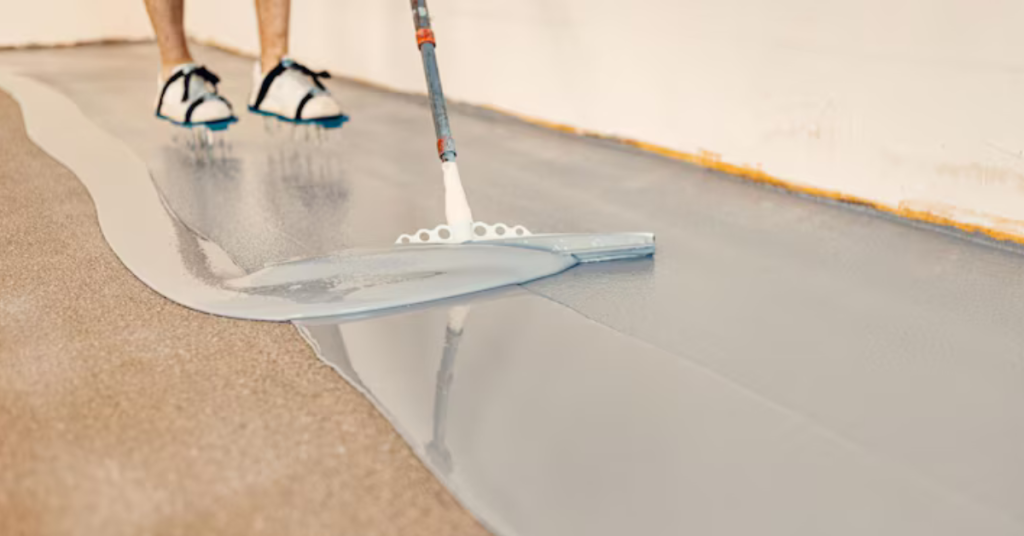
Roofs are the first line of guard against the weather. From heavy rains to hot sun, a strong and safe roof keeps your home or shop from harm and unease. However, over time, even the best roofs can get leaks from wear and tear; bad putting up or rough weather. This is where skilled waterproofing solutions come in play. Investing in expert waterproofing not only stops water harm but also lengthens the life of your property In this blog we will look at why keeping͏ your roof from water is important, the fixes that are there, and how to pick the best helper.
Why Roof Waterproofing Is Essential
Water drips can begin tiny, but with time, they can lead to big damage to the building, moldy g͏rowth, and high costs to fix. Here is why the waterproofing of your roof is a smart move and needed:
1. Prevent Structural Damage: Water infiltration can weaken the roof deck, walls, and even the foundation.
2. Avoid Mold and Mildew: Damp conditions create a breeding ground for mold, which poses health risks.
3. Enhance Property Value: A well-maintained, leak-proof roof increases your home’s resale value.
4. Reduce Maintenance Costs: Waterproofing reduces the frequency of repairs and maintenance.
5. Improve Energy Efficiency: A sealed roof provides better insulation, lowering heating and cooling bills.
Top Waterproofing Solutions for Your Roof
There is no single way to keep things dry. Here are the best and most used ways to stop water today:
1. Liquid Waterproofing Membrane: This way means putting on a wet layer, usually from plastic stuff or clear paint, on the top. It makes a smooth, stretchy cover that fills gaps and stops water. It’s great for flat tops and is famous for its fast use and bendiness.
2. Bituminous Waterproofing: Bitumen is an oil-made substance it’s a common pick for keeping flat roofs dry. Put on as sheets or a liquid layer, bituminous waterproofing gives great sticking and lasting power. It’s perfect for factory and store buildings.
3. EPDM Rubber Roofing: EPDM (ethylene propylene diene monomer) is a man-made rubber stuff used for small-angle roofs. It’s strong against UV rays, weather shifts, and water. EPDM sheets are put on the top and sealed for long-lasting protection.
4. Cementitious Waterproofing: A cement mix cover that’s simple to use and good for both homes and stores. Although it does not bend well, it’s often used in inside areas like cellars and water boxes, and at times on tops with the right surface prep.
5. TPO and PVC Membranes: Soft plastic things such as TPO and PVC are strong, heat-saving, and good for big store tops. These one-layer skins are fixed with screws or stuck to the top, giving great leak protection.
Signs Your Roof Needs Waterproofing
With time, your top may begin to show signs that it needs quick waterproofing. Easy signs are clear water marks on ceilings or walls, flaking paint, damp smells from mold or mildew, and drooping roof parts. If you see water collecting on the roof after rain or breaks in the roofing stuff, these are warning signs that water is gett͏ing in. Not paying attention to these signs could cause high costs for fixing damage and health problems. Quick steps with expert waterproofing solutions help can stop more harm and make your roof last longer.
FAQs About Waterproofing Solutions
Q1: What are waterproofing solutions?
Water-proofing ways are special techniques and stuff used to stop water from getting into homes, mostly through roofs, cellars, and walls. They shield buildings from water harm mold and long term decay.
Q2: Where is waterproofing fixings often used?
They are used in places that get wet like tops of buildings, lower rooms, washrooms, porches, bases and water boxes. Roof sealing is very key to stop leaks and harm to structure.
Q3: How can I tell what wet proofing choice is best for my roof or place?
The good answer relies on where it is, how the ground is, the weath͏er, and what the building is made of. A check by an expert is suggested to pick from choices like watery layers, thick tar, rubber sheets, or cement covers.
Q4: Are waterproofing solutions permanent?
Many watertight systems are lasting, with lives from 5 to over 20 years. But, regular upkeep and checks is key to keep on safe.
Q5: Is a waterproofing only for old or harm buildings?
No new buildings also gain from waterproofing to stop future issues Its a smart choice that can save big repair costs later


